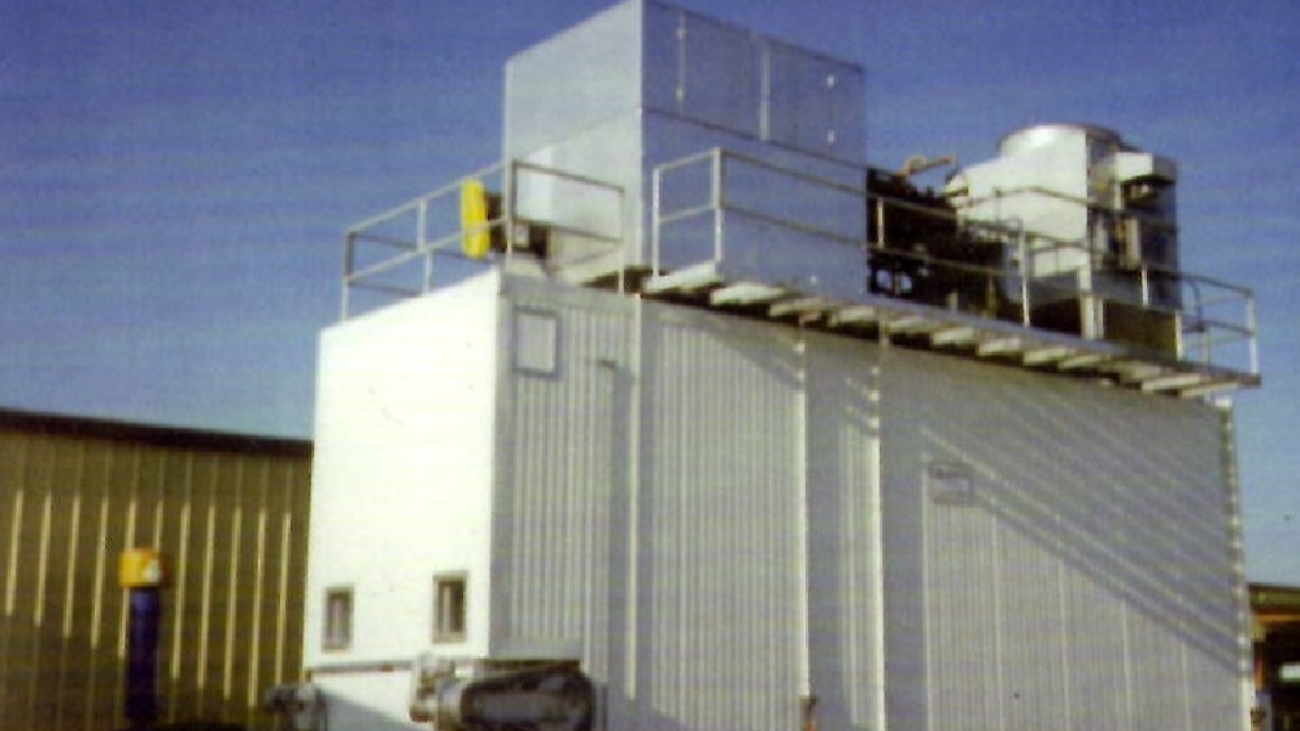Research has shown that blueberries tend to be an impulse buy for most consumers rather than a planned purchase. For this reason it is imperative that the blueberries which eventually make it to grocery stores be fresh, high quality, and visually appealing. In order to accomplish this goal the blueberries must be well cared for from planting, growth, and harvest, right on through to cooling, storage, transport, and display. The cooling and storage segment is especially important because it is during this crucial phase when the blueberries will either shrivel, rot, and decay or maintain their quality and thrive.
General Facts About Blueberries
Blueberries are commonly classified as either highbush or lowbush, with the term highbush referring to larger varieties of cultivated blueberries, including the vast majority of those commercially sold, and the term lowbush referring to smaller, wild varieties of blueberries, which are not as commonly sold. Blueberries are an early summer fruit and are highly perishable with a relatively short shelf life compared to many other types of fruits of vegetables. Depending on the weather and other conditions a blueberry field may be harvested as many as four times during the season, typically in intervals of about five to seven days. If the fields are harvested less often the result is typically over-ripe blueberries which are not as suitable for transport and sale, while harvesting more often is typically an inefficient use of labor and resources.
Blueberries are very susceptible to physical damage from careless or rough handling, picking, or mechanical harvesting. They should thus be handled very carefully and it is imperative that they be cooled rapidly and efficiently to preserve quality and extend shelf life. A successful cooling and storage system for blueberries is paramount.
General Information About Cooling and Storing Blueberries
If blueberries are allowed to remain at field harvest temperatures they are extremely perishable and will being to decline in quality very quickly. Visible signs of decay may be evident in warm, wet blueberries as soon as 12 hours or less after they have been harvested. For this reason they should never be held all day without proper cooling and storage. They should also not be picked while wet, such as immediately after or during a rainstorm, because wet blueberries are more susceptible to postharvest decay organisms such as the ones that cause gray mold and Alternaria rot. As a general rule of thumb blueberries should never go more than four hours without being cooled, but should be cooled sooner still if possible.
Respiration – Like other fruits blueberries are alive at the time of harvesting and continue to respire even after they have been picked. There is a natural rise in temperature due to this continued respiration. It has been estimated that blueberries generate about 22,000 Btu of heat per day per ton due to respiration. This is enough to raise their temperature by as much as 6°F. If that extra heat is not removed by cooling it will hasten the ripening and decay process.
Proper cooling will dramatically increase shelf life and slow the decay caused by respiration. That is because the respiration rate is directly impacted by the temperature of the blueberries. Blueberries respire at almost 20 times the rate at 80°F compared to 40°F. That means that they have almost 20 times the shelf life as well. The optimum temperature to slow respiration and increase shelf life is about 33°F to 34°F.
Humidity – Blueberries have a high water content and require a high relative humidity to remain moist and flavorful. If there is not adequate humidity in the air this can result in the blueberries becoming dried out and suffering water-related weight loss. The optimum relative humidity for blueberries is between about 90% and 95%.
Freezing – Blueberries will freeze at about 28°F. Freezing is a viable method of extending shelf life, but it must be done intentionally and quickly and the temperature should then be maintained below 0°F. Blueberries may suffer freeze damage if they are unintentionally subjected to temperatures below 28°F and then allowed to warm up again.
Correct Method of Cooling Blueberries
One of the most common cooling methods is called room cooling. In room cooling the product is placed in a refrigerated room and allowed to gradually cool to the ambient temperature. However, this method is not suitable for blueberries because the cooling rate is too slow to prevent continued degradation and quality loss. A large part of the problem is that the containers, wrappers, and plastic needed to hold the blueberries acts a kind of insulation, keeping the heat in. Room cooling not only results in inadequate cooling, but also non-uniform cooling, with some blueberries getting significantly cooler than others.
Forced-Air Cooling – The solution to this problem is forced-air cooling. In forced-air cooling, the blueberries are arranged around fans which then pull cooled air through the berries. This results in a much faster, and more uniform rate of cooling. Depending on the particular circumstances, forced-air cooling is about 16 to 20 times faster for cooling the blueberries than attempting to use still-air room cooling alone. This results in blueberries that have a much longer shelf life and which will reach the end consumer in much better condition.
For businesses that sell blueberries and blueberry products, be they farms, factories, or grocery stores, quality is of the essence. It is the quality of the product around which the business will build and maintain its reputation and keep customers coming back. SEMCO/SEMCOLD LLC can help with this crucial area by supplying industry-leading, efficient, customizable blueberry cooling equipment and systems. Our products and product lines are versatile and can be developed to suit each customer’s unique requirements.

